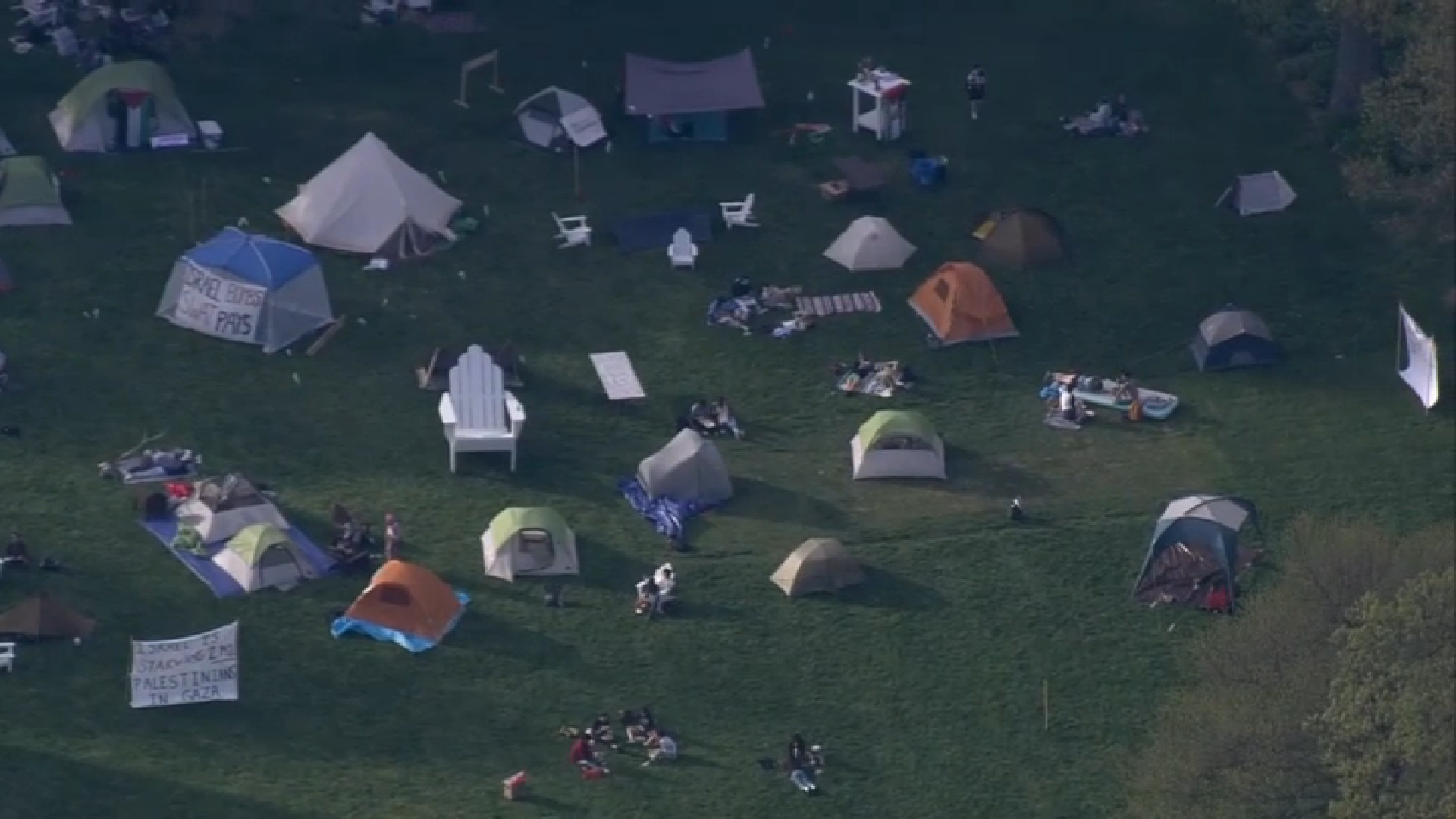When the invasive beetle turned up in Somerset County last spring, state officials were immediately concerned.
The emerald ash borer had already killed tens of millions of ash trees across 23 states and two Canadian provinces and spread across Pennsylvania and New York.
Its first New Jersey appearance -- detected in May by a landscaper working at a strip shopping center in Bridgewater and later in Bernards Township -- meant the pest would likely move south.
This summer, those fears were realized.
The Philadelphia Inquirer reports the destructive metallic-green beetle, measuring a half-inch long by one-eighth-inch wide, was found in a trap in Westampton, Burlington County. The state is now surveying areas where the insect has been to determine the extent of the infestation, officials said.
This year, it is also expected to be included among states -- such as Pennsylvania and New York -- quarantined by the federal government to limit the movement and sale of ash trees and their products, such as firewood. Wood recyclers, who turn trees into wood chips and mulch, also would be regulated.
In Pennsylvania, 54 of 67 counties -- including Bucks and Montgomery -- have been infested, according to state surveys. No detection measures have been taken in Philadelphia, Delaware, Chester, Lancaster, and several other counties - but those counties are also likely affected, Pennsylvania officials said.
Local
Breaking news and the stories that matter to your neighborhood.
"It's probably one of the worst pests to come along in the past 200 years," said Pennsylvania state entomologist Sven-Erik Spichiger. "When the emerald ash borer gets to an area, you have over a 99 percent mortality."
The infestation has been so bad that some southeast Michigan towns have filed for bankruptcy because they couldn't afford to take down all the street trees that were killed, officials said.
"Obviously, this problem has not been controlled," said Bob Williams, a certified forester and owner and founder of Pine Creek Forestry in Laurel Springs, Camden County, who has helped manage forests in several states. "My belief is that it's here to stay, and I don't see it stopping.
"We humans think we can control everything, put it back in the box, and lock it up. Westampton is probably the southern edge" of the infestation.
The beetles will likely spread along the Delaware River, where there are ash forests, he said.
"The primary thing is to collect seed so when this critter's cycle is over, we can plant forests," said Williams, who has seen devastated forests across Ohio, Illinois, and Indiana. "I don't think we can stop it.
"It's pretty sad when you see tens of thousands of dead trees," he said. "But we live in a homogeneous world where products come in from overseas, and these insects and plants find better places to thrive."
The emerald ash borer is believed to have been brought to America unintentionally in ash wood used to stabilize crates during shipping.
It was first seen in the United States in Michigan in 2002 and showed up in Mars, a town outside Pittsburgh, in 2007, where almost no ash trees are now left, officials said.
Treating the trees with pesticides to kill or repel the beetle can be costly, they said.
"It's going to get worse," said Spichiger, the Pennsylvania state entomologist. "Our Department of Conservation and Natural Resources has collected seeds for a number of years with the hope that a natural enemy might deal with this."
A stingless wasp has been seen as a possible parasite against the emerald borer, but its population would take time to build up, officials said.
"This pest is so fast," Spichiger said. "There may not be time."
New Jersey has used a computer model to check trees in Camden, Burlington, Gloucester, Salem, Mercer, and Monmouth Counties and in counties north to determine the degree of infestation, state officials said.
"We want people to call us if they see any signs of the beetle on their ash trees," said Lynne Richmond, a spokeswoman for the New Jersey Department of Agriculture.
Her department, along with the state Department of Environmental Protection's Forestry Service, and the U.S. Department of Agriculture's Animal and Plant Health Inspection Service, set out more than 300 traps. This is the fourth year traps were set out.
The first signs of infestation include a canopy dieback beginning at the top of the tree and progressing through the year until the tree is bare; sprouts growing from the roots and trunk; split bark with an S-shape gallery; D-shaped exit holes; and more woodpecker activity, creating large holes as they extract the larvae.
Females lay eggs on the bark of ash trees. The eggs hatch, and the larvae bore through the bark to the fluid-conducting vessels underneath.
As the insects feed and develop, they cut off nutrients, eventually killing the tree, usually over three to five years.



